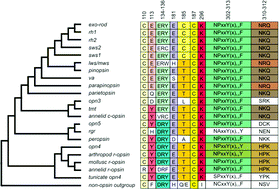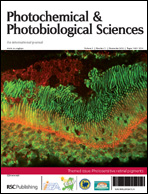Both vertebrates and invertebrates respond to light by utilising a wide-ranging array of photosensory systems, with diverse photoreceptor organs expressing a characteristic photopigment, itself consisting of an opsin apoprotein linked to a light-sensitive retinoid chromophore based on vitamin A. In the eye, the pigments expressed in both cone and rod photoreceptors have been studied in great depth and mediate contrast perception, measurement of the spectral composition of environmental light, and thus classical image forming vision. By contrast, the molecular basis for non-visual and extraocular photoreception is far less understood; however, two photopigment genes have become the focus of much study, the vertebrate ancient (va) opsin and melanopsin (opn4). In this review, we discuss the history of discovery for each gene, as well as focusing on the evolution, expression profile, functional role and broader physiological significance of each photopigment. Recently, it has been suggested independently by Arendt et al. and Lamb that an ancestral opsin bifurcated in early metazoans and evolved into two quite different photopigments, one expressed in rhabdomeric photoreceptors and the other in ciliary photoreceptors. This interpretation of the evolution of the metazoan eye has provided a powerful framework for understanding photobiological organization. Their proposal, however, does not encompass all current experimental observations that would be consistent with what we term a central “Evolution of Photosensory Opsins with Common Heredity (EPOCH)” hypothesis to explain the complexity of animal photosensory systems. Clearly, many opsin genes (e.g. va opsin) simply do not fit neatly within this scheme. Thus, the review concludes with a discussion of these anomalies and their context regarding the phylogeny of photoreceptor and photopigment development.


 Please wait while we load your content...
Please wait while we load your content...